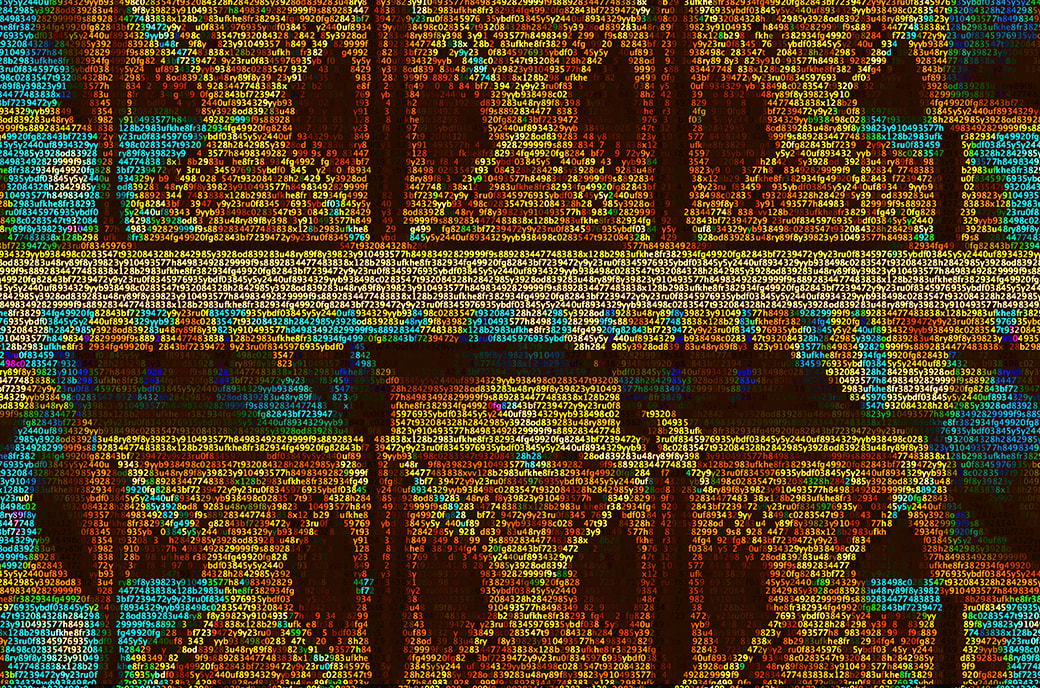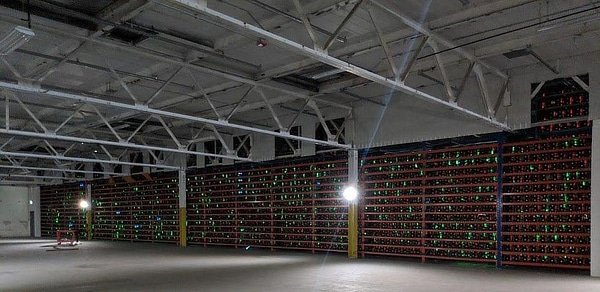
2019-1-3 07:14 |
October 31, 2008, and January 3, 2009.
The two dates have cemented themselves with Promethean significance into Bitcoin’s lore. On the October 31, Satoshi Nakamoto published the Bitcoin white paper, a constitution of sorts for his revolutionary monetary system and its intrinsic currency.
On January 3, this constitution came alive with Bitcoin Block #0. Also known as the network’s genesis block, this cornerstone would provide the foundation for an ecosystem that would challenge our perception of how money is valued and managed in a digital age.
Ten years later, we celebrate the birth of the Bitcoin network much like we might a nation. If the white paper is a declaration of monetary independence, then the genesis block is our independence day and the founding of a new system. By bootstrapping the network, Satoshi broke ground on a completely novel form of money: decentralized, algorithmically based and completely peer-to-peer digital cash for a digital age.
For what the genesis block actually is, there’s little to tell. The first block on the network, it includes a single transaction: the 50 BTC block reward sent to Satoshi for mining it (which, along with his other mining rewards, he still hasn’t touched). It has all the trimmings of a regular block; besides being the first, there’s little distinguishing it from the rest, save the unique data it houses.
With the January 3 Launch, Satoshi’s Intentions Are ClearRather than focus on what the genesis block is, today is a day to reflect on what the genesis block represents.
The genesis block, by all rights, is emblematic of monetary sovereignty. It’s the digital embodiment of Satoshi’s monetary philosophy, a rejection of the centralized policies of the fiat system in favor of the decentralized processes of a cryptographically secured and mathematically verifiable digital system. Satoshi believed the old mode was failing, so he built a new one without all of the controls and hazards that can lead to the debasement of fiat currencies with reckless printing practices.
His intent is covertly coded into the genesis block, though the meaning of this message is clear. Embedded in the hexadecimal code on the genesis block’s coinbase, the message, after being decoded, reads as follows: “The Times 03/Jan/2009 Chancellor on brink of second bailout for banks.”
The message is a direct allusion to the headline for The Times the day Bitcoin launched. As the article details, Alistair Darling, the U.K.’s Chancellor of the Exchequer at the time, was debating a second bailout for U.K. banks. This capital infusion would come nearly a year after the government flushed the same banks in an attempt to ballast credit flow and stanch impending economic downturn, something the United States did for its own banks in October of 2008.
The rest is obviously history.
2009 would begin with the climactic unraveling of the global economy. Fractional reserve lending, bad debt and a mortgage crisis would send the world’s economic dominoes toppling after each other in the worst international crisis since the Great Depression some 80 years earlier.
That the genesis block was founded on the same day as news of an imminent bank bailout is certainly symbolic. Satoshi’s early writings show that he was well versed in central banking monetary policy and the alleged hazards of a fiat-based economy. He saw the central banking practices that led to the 2008–2009 financial crisis, the conjoined nature of federal governments and national/private banks, as a hazard for both client trust and currency valuation.
“The root problem with conventional currency is all the trust that’s required to make it work. The central bank must be trusted not to debase the currency, but the history of fiat currencies is full of breaches of that trust. Banks must be trusted to hold our money and transfer it electronically, but they lend it out in waves of credit bubbles with barely a fraction in reserve. We have to trust them with our privacy, trust them not to let identity thieves drain our accounts,” he writes in a February 2009 forum post.
This post came a little over a month after Satoshi bootstrapped the network, but he discussed implications of his creation in relation to modern banking practices before the Bitcoin blockchain went live.
On the day he released the white paper, Satoshi sent his work to the Cryptography Mailing List. His work was feverishly engaged by a handful of recipients, including then Google engineer and later Bitcoin developer Mike Hearn.
In the thread, interspersed between constructive criticism of Bitcoin’s potential design flaws, recipients compare notes and observations on legacy banking practices. Of course, they also philosophize on how Bitcoin fits into the larger picture, with one commenter, James A. Donald, positing that decentralized issuance could protect the economy from overbearing governments — though he also cautions that the power and influence of these governments should not be dismissed.
“If a small number of entities are issuing new coins, this is more resistant to state attack [than] with a single issuer, but the government regularly attacks financial networks, with the financial collapse ensuing from the most recent attack still under way [sic] as I write this.
“... in the late nineteenth century political attacks on financial networks began, as for example the Federal reserve act of 1913, the goal always being to wind up the network into a single too big to fail entity, and they have been getting progressively bigger, more serious, and more disastrous, as with the most recent one.”
“Too big to fail” became a popular mantra of governments when justifying their decisions to bail out big banks during the credit crisis. The system warranted resuscitation solely because it is monolithic in scale and too intertwined in the socioeconomic political arena to let falter.
A Reminder of Why We’re HereThere’s an argument to be made that government interventionism, along with the artificial lowering of interest rates and quantitative easing that the Federal Reserve effected to “revive” the economy, made the crisis worse (Satoshi likely would). And as the longest bull market in U.S. history since the Great Depression is supposedly reaching its end, some analysts have argued that the catalyst for another looming crisis has taken root with the same practices that spurred on the 2008–2009 crash.
Again, that Bitcoin’s launch coincides with the worst global financial crisis since the Great Depression is no accident. The currency and its network were born out of the Great Recession and represent the monetary antithesis of the questionable banking practices that incited the crisis.
Banks were bailed out on behalf of the governments with which they share a symbiotic relationship. These banks and their bookkeepers were insured with taxpayer money and protected because they are “too big to fail.” Meanwhile, the average citizen languished in an anemic economic climate with no windfall.
The symbolic genesis of Satoshi’s new economic system, as well as the hidden message that testifies to his vision, seem to say: “For the rest of us, for the 99 percent, here is our way out — here is our bailout.”
So as we celebrate Bitcoin’s 10-year anniversary and the founding of the genesis block, let’s not forget the intent behind Block #0. It’s not just the first block on the network. It’s the beginning of an entirely new monetary system divorced from the central controls and malfeasance of our current system. It’s Satoshi offering us an alternative. It’s the solution to a problem introduced when fiat currencies ousted the gold standard.
It’s revolutionary, it’s for the people and it’s the key to our economic freedom.
Price is nice, but let’s not forget why we’re here.
Happy 10th anniversary!
This article originally appeared on Bitcoin Magazine.
origin »Bitcoin (BTC) íà Currencies.ru
|
|





































